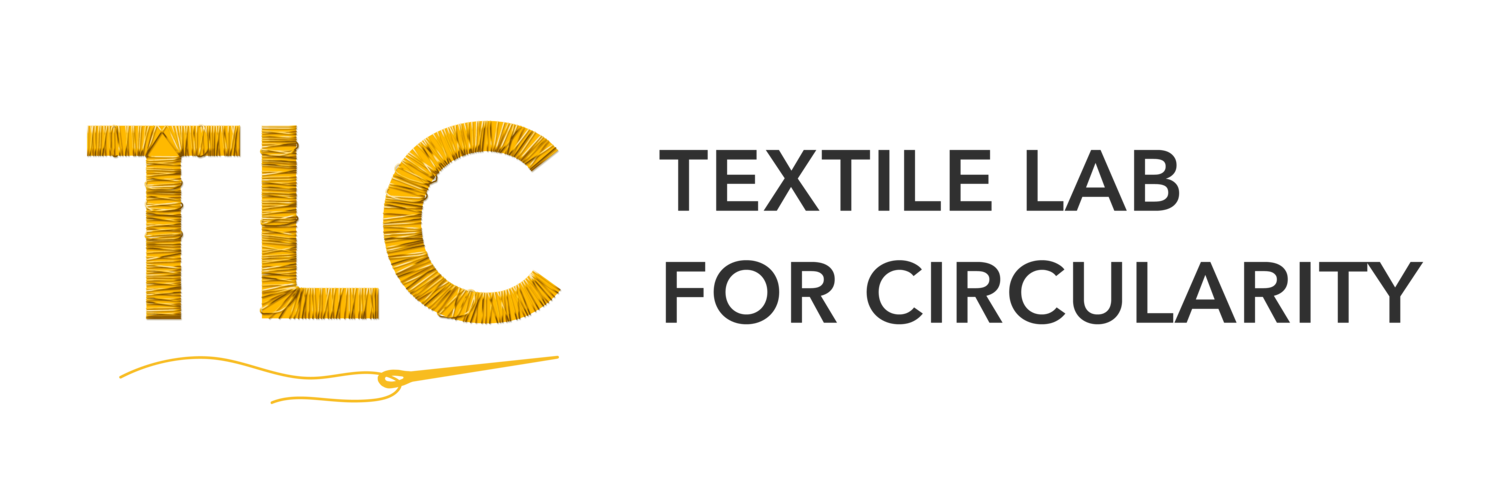This is part of a series on our collaborators over at Fashion Takes Action. See our first post here.
Fashion Takes Action is running a mechanical textiles recycling pilot that started in Fall 2021, to show the business case for full-circle textile recycling technology in Canada. The pilot will recycle used 100% polyester activewear into a consumer facing product, which to our knowledge, has never been done before.
Building a recycling pilot is no small feat. As part of our collaboration with FTA, we are supporting them in open sourcing the learnings from the pilot project. This blog series will be one way we are sharing the tips and tricks gathered as the pilot progresses. Our goal at the TLC is to help map the path to creating more recycling pilots across Canada and elsewhere.
Steps to building a Mechanical Textile Recycling Pilot
This post will go over at a high-level the steps taken so far, and the projected next steps taken in creating this pilot project. Followup posts will dive deeper into the lessons and takeaways from each stage, as we learn about them in the Stakeholder Working Group.
Step 1 - Assess Feasibility
As we outlined in our last blog post, in 2020 FTA conducted an extensive feasibility study which resulted in this paper. Before developing a pilot project, it is important to have a robust understanding of the problem and evidence to substantiate the need for a pilot. Some key outcomes of the FTA Feasibility Study included: understanding the textile waste problem and potential solutions, developing industry recommendations, building a business case for the recommended technology (in this case, mechanical textile recycling), defining the pilot and beginning outreach for partners. The completed Feasibility Study was the perfect lead into the pilot announcement, and is a fundamental asset in moving onto the next step of securing pilot partners.
Step 2 - Secure Partnerships
While FTA is an expert in research and convening, they understood the need to bring on partners that held different areas of expertise, products and services for this pilot. They have built a model of what a textile recycling supply chain could look like. These are the partnerships FTA has determined necessary to run a textile recycling pilot:
One or more retail partner(s) with the capacity and willingness to do front-end collection, product R&D and quality assurance on final product
Collection partner to facilitate donations from consumers (could be same as retail partner)
Partner to facilitate pickup from collection sites, and clean/sort
Recycling partner to chop, shred and card material
Mill partner to needle punch the material into a felt
Prototyping partner to develop options for an end material (includes testing for tensile strength, durability, etc.)
Retail partner (ideally the same as the collection site) to sell the end product (including development of packaging, labeling and marketing)
Step 3 - Source and secure funding
After developing the business case and a viable plan, the next step is to secure funding to make the project happen.
The bulk of the funding for this particular project came from the federal government, through Environment and Climate Change Canada (ECCC). There was significant in-kind support from some of the pilot partners themselves, and the stakeholder working group’s participation fees are helping to contribute to the reporting and learning aspect of this project.
Step 4 - Collection Period
This is where the exciting part kicked off — the garment collection process! For FTA’s pilot, the public could drop off used polyester activewear at one of the participating Sport Chek drop off locations through the month of November, 2021. During the collection period, Goodwill, the nonprofit collection partner, picked up donations, and sorted the items based on fiber content.
Step 5 - Sort, Clean, Ship
Goodwill sorted the items and sold or upcycled anything that required complex processing. If the project coordinator has secured a pre-processing partner, such as a certified destroyer, more complex processing such as de-buttoning and de-zippering could be feasible. Eligible items were then sent to the recycler for testing.
Step 6 - Prototyping Phase
Prototyping and Recycling partners then tested the materials, to provide several output options. The retail partner decided on an output material, and began product development.
Step 7 - Product Sold in Stores
A consumer product will then be developed from the recycled material, and sold in stores! The goal for the FTA pilot is to have a product on Canadian Tire shelves by Fall/Winter 2022
Step 8 - Learnings Shared Back with Industry
In an effort to share learnings back to the industry, FTA is facilitating a stakeholder learning group with diverse participants from across the country. The hope is that participants will take these learnings back to their regions, and run similar pilot projects.
Here at the TLC we are very excited to be supporting FTA with this open sourcing process.
Who’s involved?
Pilot Players
Nonprofit Coordinator — Fashion Takes Action
Retail Partner — CTC’s SportChek stores in southwestern Ontario
Collection and Sorting Partner — GoodWill
Recycling Partner — Jasztex in Pointe-Claire, QC
Mill Partner for Felting, Testing & Prototyping — Texel, (now a subsidiary of Alkegen) in Saint-Elzéar, QC
Product Development — Textile expert Marianne Mercier, and the CTC product development team
End Product Retail — Canadian Tire stores
Stakeholder Learning Group
Brands, municipalities and other groups interested in observing and learning about the technology, and bringing learnings back to their regions are meeting every few months during the pilot. This group of 60+ individual organizations is following along.
Mechanical Textile Recycling Lifecycle
Want to learn more?
Read the Feasibility Study
Read FTA’s post and press release
Follow FTA on LinkedIn
Subscribe to TLC’s Newsletter
Written by Megan Bourassa



